Hamstrings are an overlooked muscle group because culture hasn’t paid much attention to them.
However, they’re essential for all mobility movement and can have a major influence in back pain & tightness.
In this article, we’ll go through a home workout for hamstrings.
First starting with understanding what the hamstrings are, looking at 4 benefits of exercising the hamstrings and then finally into the hamstring workout.
What are the hamstrings and where are they located?
When you exercise, your muscles get damaged. They do heal afterward, but training too much won’t allow them to mend fast enough. That means that the tissue won’t build back up before your strength begins to stagnate rather than grow.
What people do to help balance their exercise is to train their different muscle groups. You would practice each one on a separate day, then the cycle would repeat. Among these groups are the hamstrings.
What are the hamstrings?
You probably knew what these muscles were without realizing it. One way is hearing someone say, “ow, I pulled my hamstrings!” You might have an idea, but still might be a little unsure.
If you’re like me, then you probably thought that your hamstrings were a couple of your muscles. They’re an entire muscle group. The hamstrings are essential for basic activities like walking and running.
Where are the hamstrings located?
Have you ever stretched your body after you woke up and got a muscle cramp under your leg? You can find your hamstrings underneath the thigh between your knee and your glute. The group consists of the biceps femoris, semimembranosus, and semitendinosus.
It’s the hamstrings that help you flex your knee joints. They also help connect your thigh to your backside. That’s why doctors sometimes link back pain to hamstrings.
Like other muscle groups, many people can do a home exercise for hamstrings. With COVID-19, it’s a convenient way to continue your training at home. Also, beginners don’t have to wait for their gym to open up before they start training their hamstrings.

Who should workout the hamstrings?
You might be someone looking to strengthen each of your muscle groups. It could be a fun challenge when your regular training regime starts to get boring. It’s also great for those who don’t want to skip leg day.
Working out the hamstrings can help build your overall endurance. Focusing on this muscle group is extra beneficial if you perform everyday activities that require a lot of leg usage. A couple of other groups who should exercise their hamstrings are athletes and people with back problems.
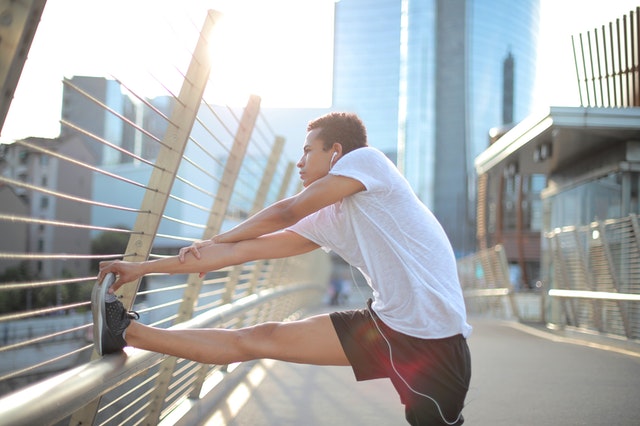
Athletes
Who else uses their legs more than individuals who do sports? The only exceptions would be golf, bowling, or table tennis. Athletes who need strong legs to succeed in their games and tournaments would do nothing but gain from exercising their hamstrings.
Activities like soccer, or football for all you international fans, and track running is mostly leg work. That isn’t to say that athletes who play sports like tennis or basketball wouldn’t benefit, either. Whether you’re trying out for the Olympics or doing recreational activities for fun, working out your hamstrings can help your legs in the long run.
It’s important to note that not any home workout for hamstrings can apply to all athletes. Activities can have a varying degree of usage for this muscle group. The particular skills you have for your sport may call for you to focus on other areas of your body more than the hamstrings.
Particular sports like tennis and American football can pose risks for injuring your hamstrings. Because of all of the starting and stopping while running, these muscles can tear or sprain. If you do the right home workout for hamstrings, however, then you can help reduce these chances.
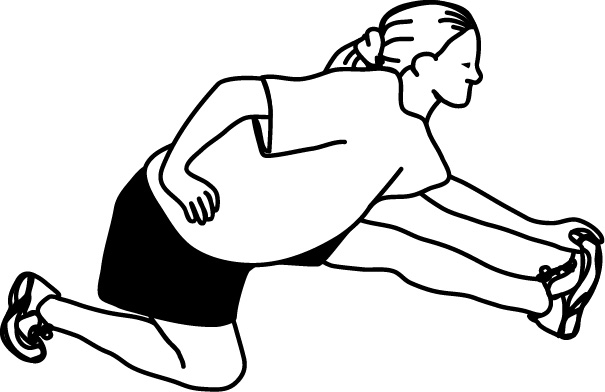
People with Back Problems
How can someone with back problems do an intense workout on this muscle group? Well, it may prove challenging for them. But they can do something else: stretch.
It’s easy to think that this activity isn’t the same as exercising because you hear people say, “don’t forget to stretch after your workout.” However, it’s a form of training that could help decrease back pain when done to your hamstrings. If you have low back pain, then stretching these muscles could help loosen them and reduce stress on your lower back.
4 Benefits of Working Out the Hamstrings
It’s easy to say that doing this is beneficial for your overall health. Exercising specific muscle groups have general advantages. However, there are particular perks for strengthening your hamstrings.
Sometimes I feel like giving up when exercising my hamstrings. When I do, I remind myself of why doing this is healthy for me. Here are some of the advantages I think about to help get myself through the workout.
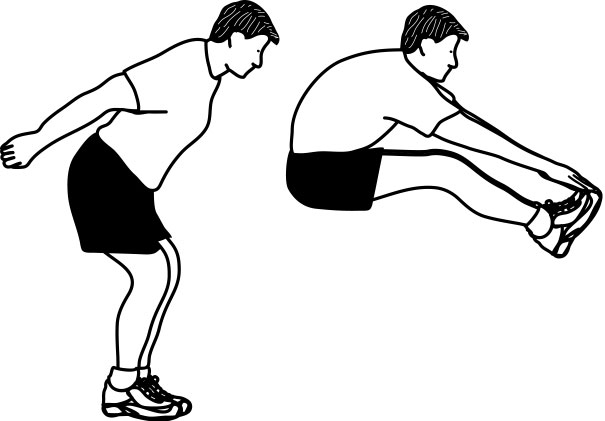
1. Speed and Agility
Your hamstrings connect your knees to your hips. This connection is controlling your speed and agility. Your hamstrings play a role in shifting your weight between your knees and your hips.
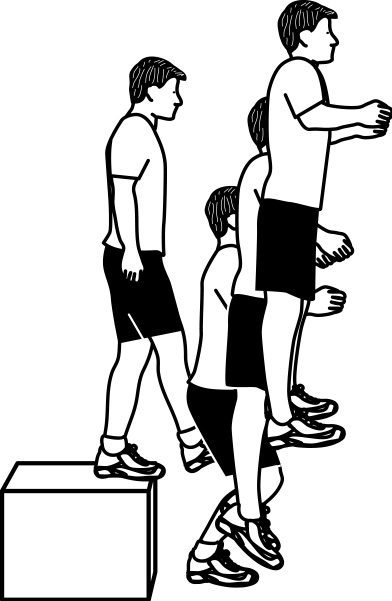
2. Deceleration
In addition to speeding up is being able to slow down. Even though no evidence supports that you’ll get osteoarthritis from making abrupt stops, it still hurts. Exercising your hamstrings will give you better control of your deceleration.
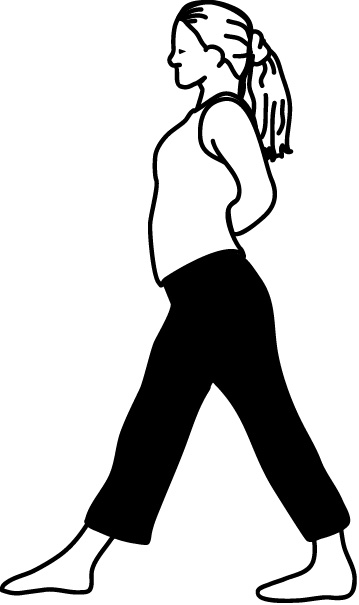
3. Better Posture
We all know that keeping our spines aligned is a standard method for maintaining good posture. Did you know that your hamstrings play a role in that, as well? Strengthening this muscle group can help prevent your lower back from arching and pulling your hips forward.
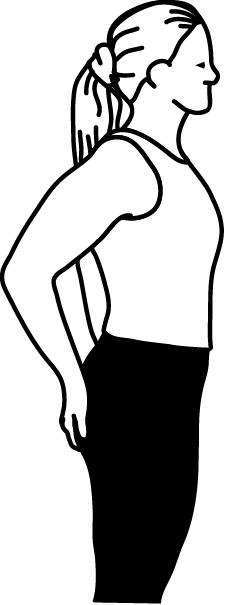
4. A More Toned Tush
The right hamstring exercises could put you on the path to getting that dream butt you want. You could come up with every benefit in the world why you should strengthen your glutes, like reducing back pain. The main reason anyone does it, though, is to be the first person anyone points to when they’re singing “Baby Got Back.”
Home Workout For Hamstrings
You might be one of many citizens choosing to stay home in the wake of this pandemic. Even if your local gym is open, you want to play it safe for now. Since you can’t see a trainer in person, you’ll just have to do these workouts at home.
Even if you’re not staying at home due to the pandemic then getting in this 15 minute home hamstring workout will be great to do at any time.
You may lack a lot of the training equipment needed for a lot of basic exercises. Luckily, you won’t need any dumbbells or a treadmill for these workouts.
The Workout
4 sets per exercise. Each exercise has listed the number of repetitions.
Reverse Plank
Remember that planking fad where everyone was doing this activity in weird places? Not only can this be a legitimate exercise, but it spawned different versions of it. The reverse plank is a home exercise for hamstrings, meaning don’t do this on the edge of a cliff.
Sit on the ground, with a soft surface or yoga mat, with your legs straightened. Put your hands shoulder-length apart on the ground behind your bottom, so your forearms are on the ground with your elbows forming a 90 degree angle. Your arms must be vertically aligned, and your fingers are facing ahead.
Lift your hip until your body is a straight line. Keep it there for three seconds, then lower it. Complete this process for a total of 15 times; that’s one set.
Crabwalk
You’ve probably done this as a kid during Field Day but never thought you’d do this again as an adult for a serious workout. It’s probably been a while for you, so I’ll go over the correct posture. Start by sitting with your knees bent upwards, your hands flat on the ground, and your fingers facing forward.
Lift your bottom off the ground by a few inches and use only your hands for extra pushing support. Use your left hand and right foot to move forward, then do the same with the opposite sides. Do the same thing moving backward and repeat this routine 14 more times; that’s one set.
If you’re having back problems, then be sure you talk to your doctor before doing this home exercise for hamstrings.
Nordic Eccentric Curl
Start on your knees making sure you have a soft object, such as a fitness mat, under your knees to keep them injury free. Find a stable object, or have someone hold down your feet, to then put your feet in so they’re locked in place. Slowly lower your torso downwards towards the ground. Once you get to the ground, do a push-up then thrusting yourself back up to starting position and repeat. Do 12 repetitions; that’s one set.
Disclaimers
I am not a doctor and do not recommend anything on this site, or blog post, for anyone without consulting with their doctor first. Please read the privacy policy for more information.
The information in this article is for educational and entertainment reasons, it should not be interpreted as medical advice or as a recommendation for a specific treatment. Always talk to your doctor and in the event of a medical emergency one should seek the help of a qualified and licensed health care provider.
There are affiliate links in this post where we’ll get a paid fee if you purchase something from that link – it won’t cost any more to you and in some cases may even save you money.

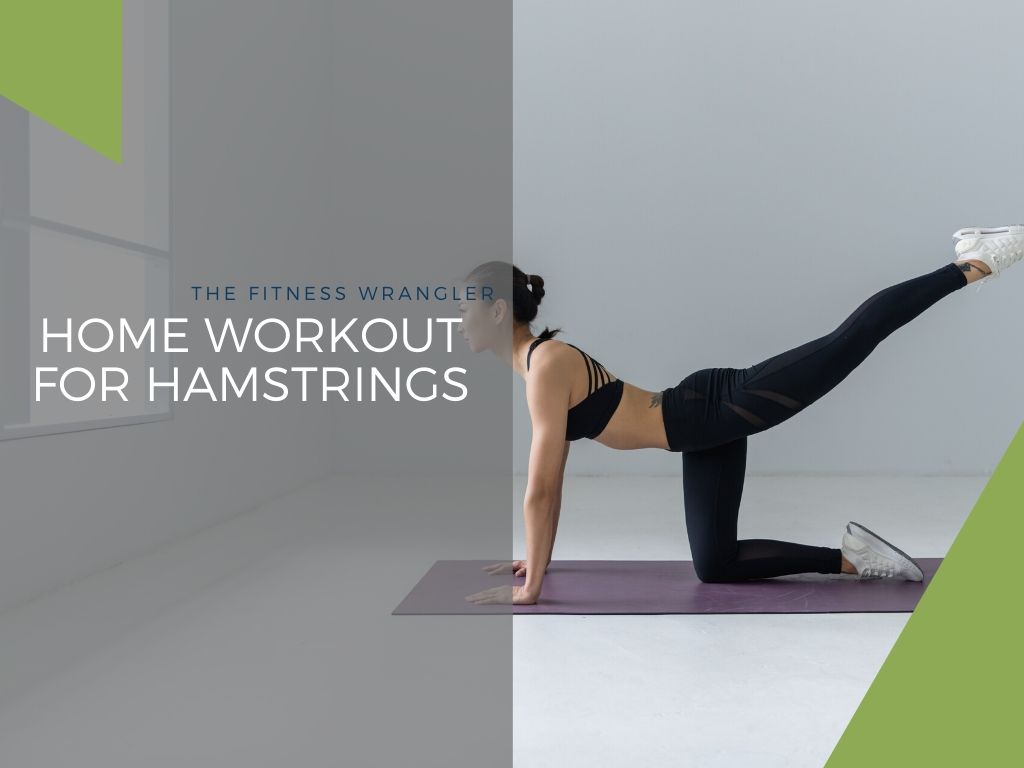

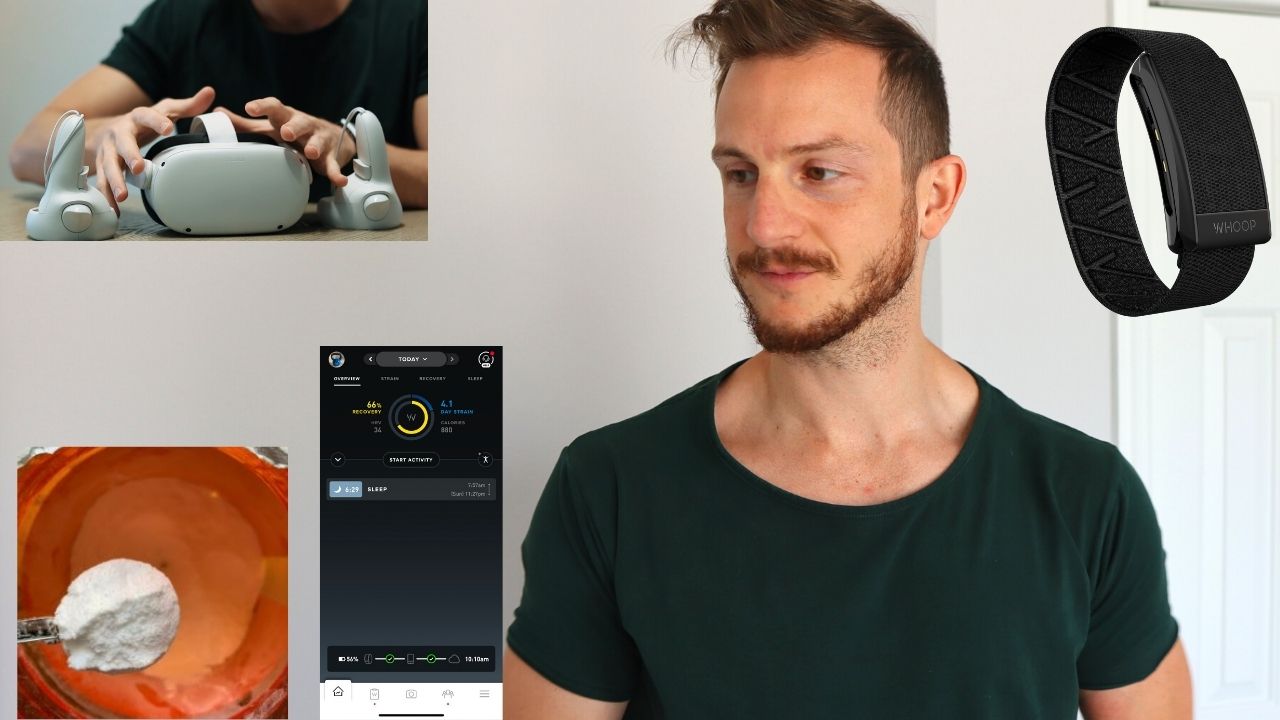
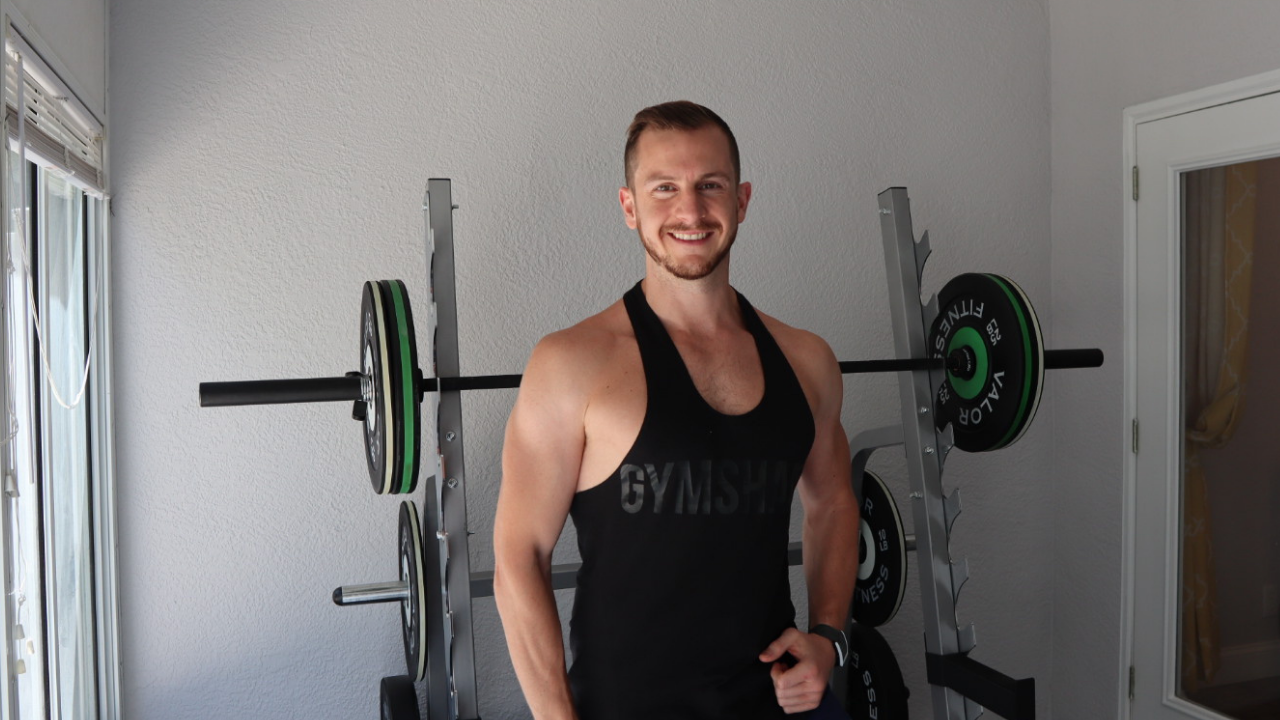
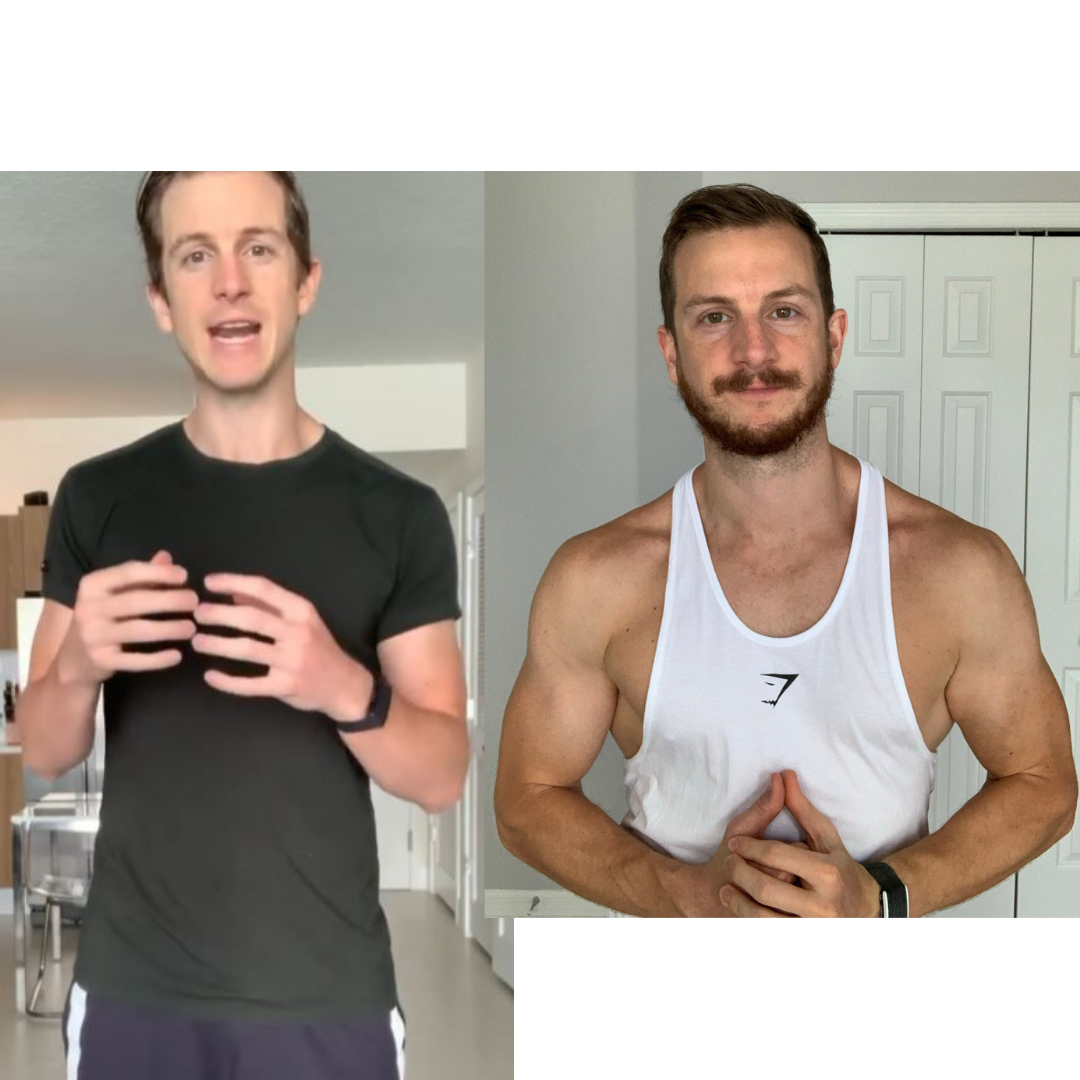
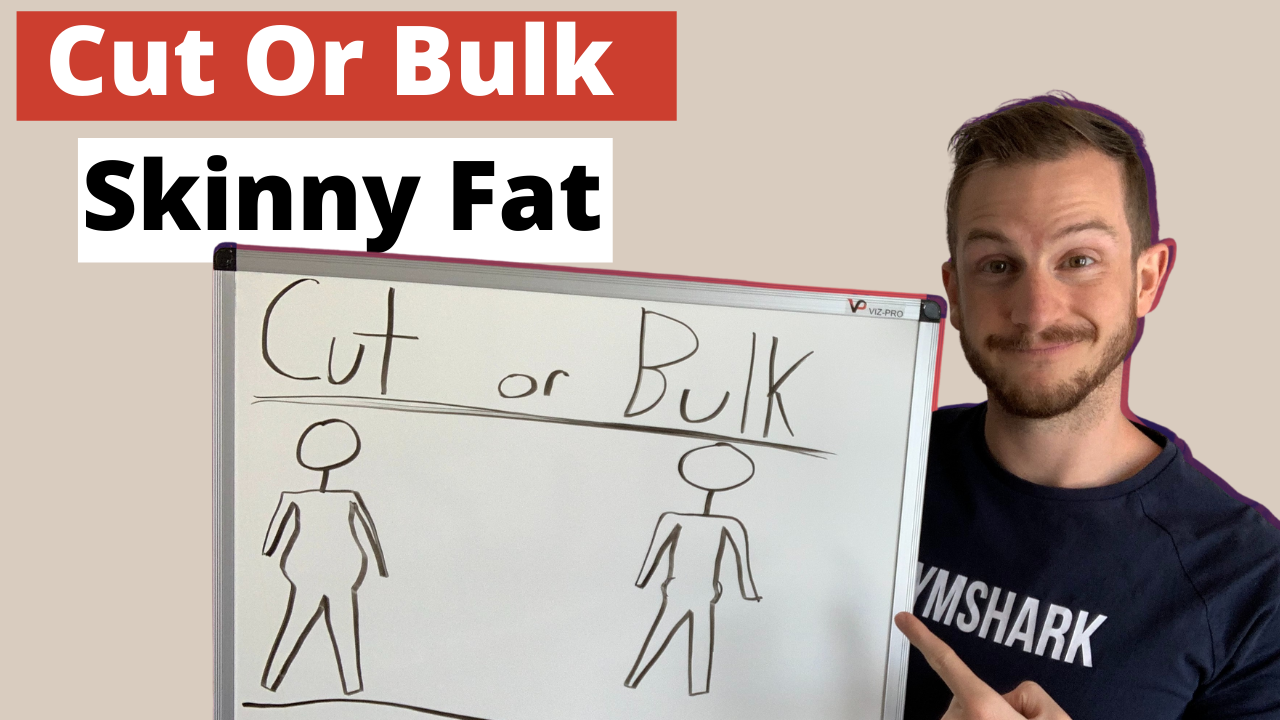
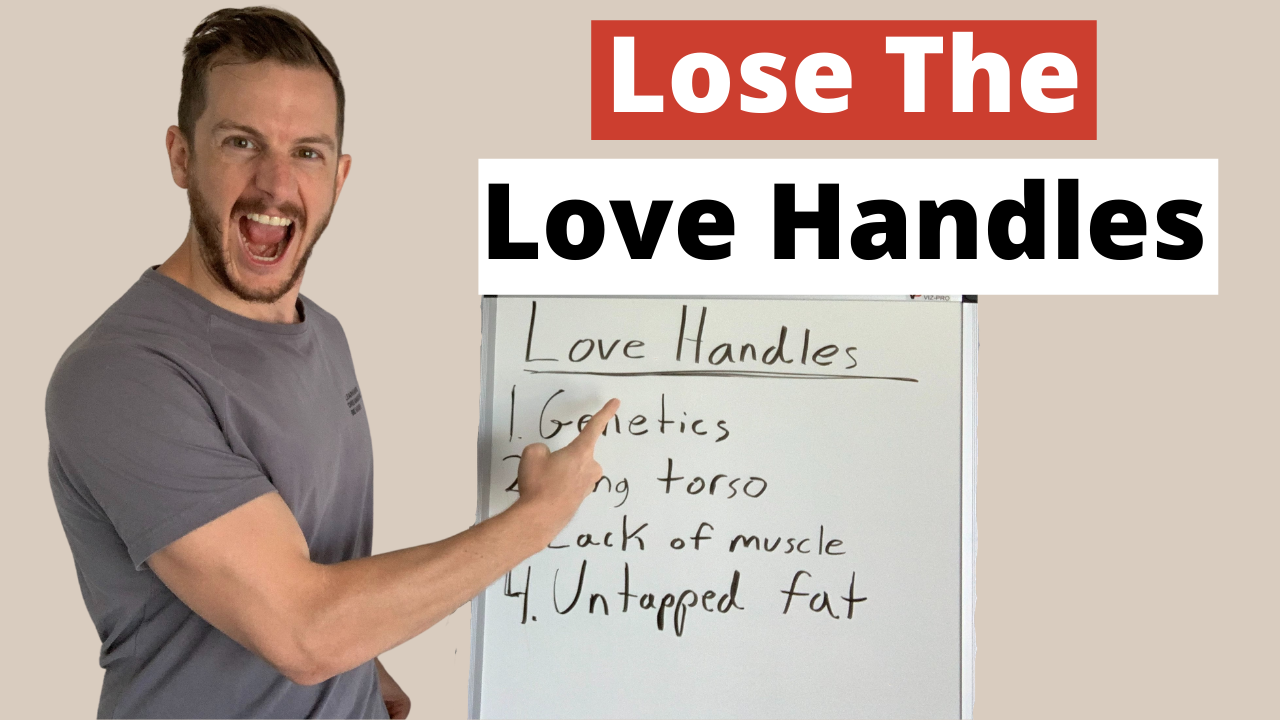

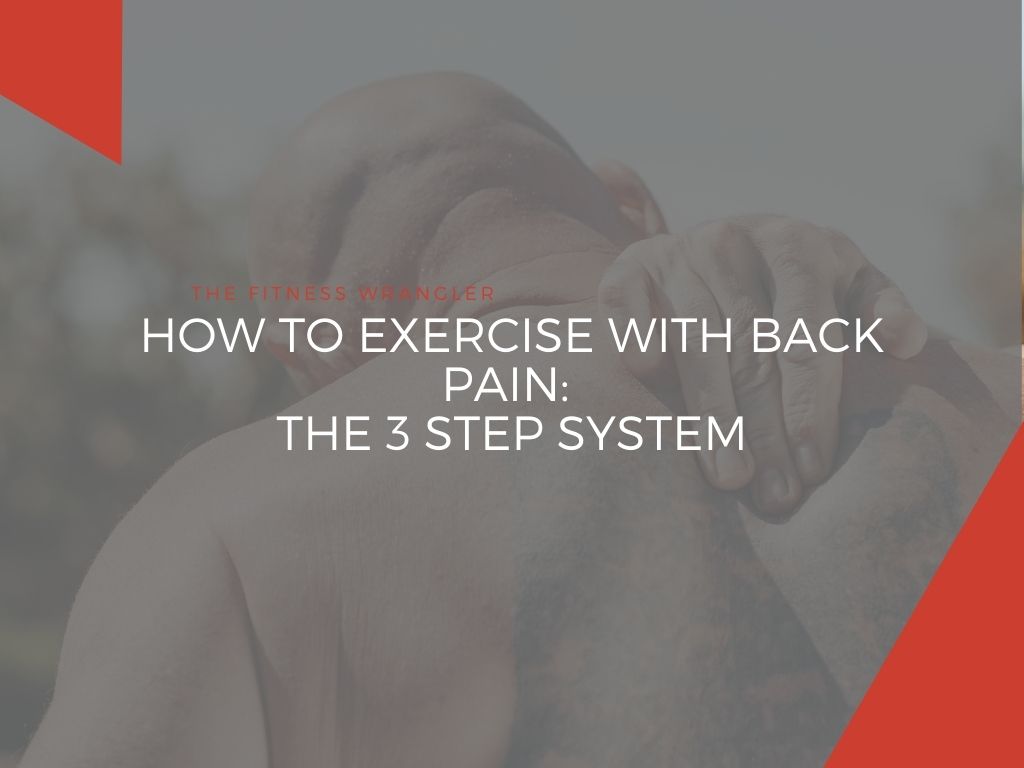
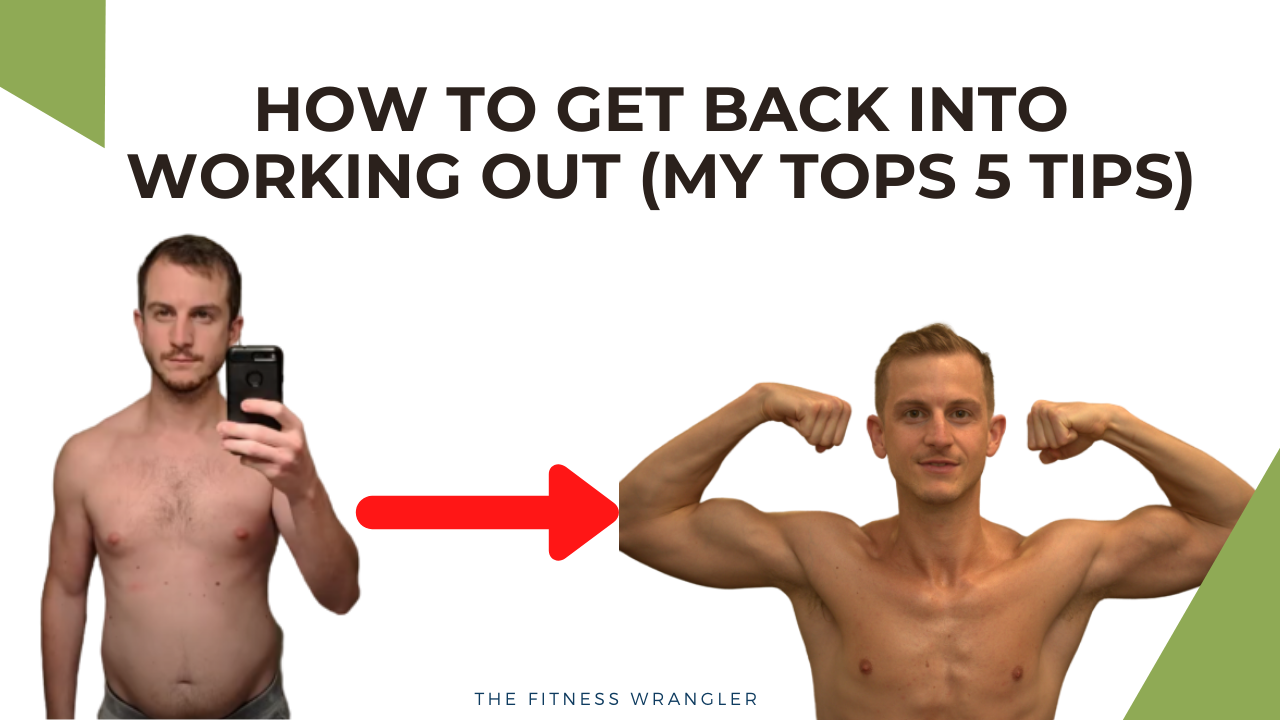
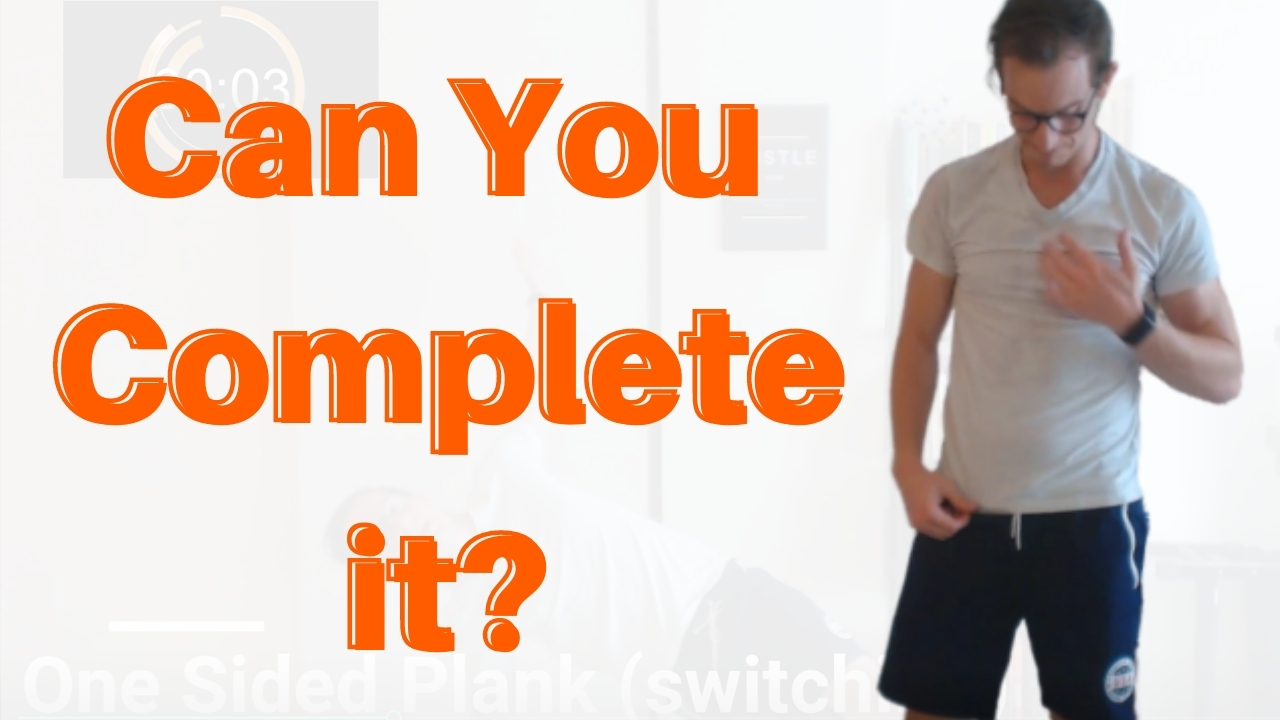
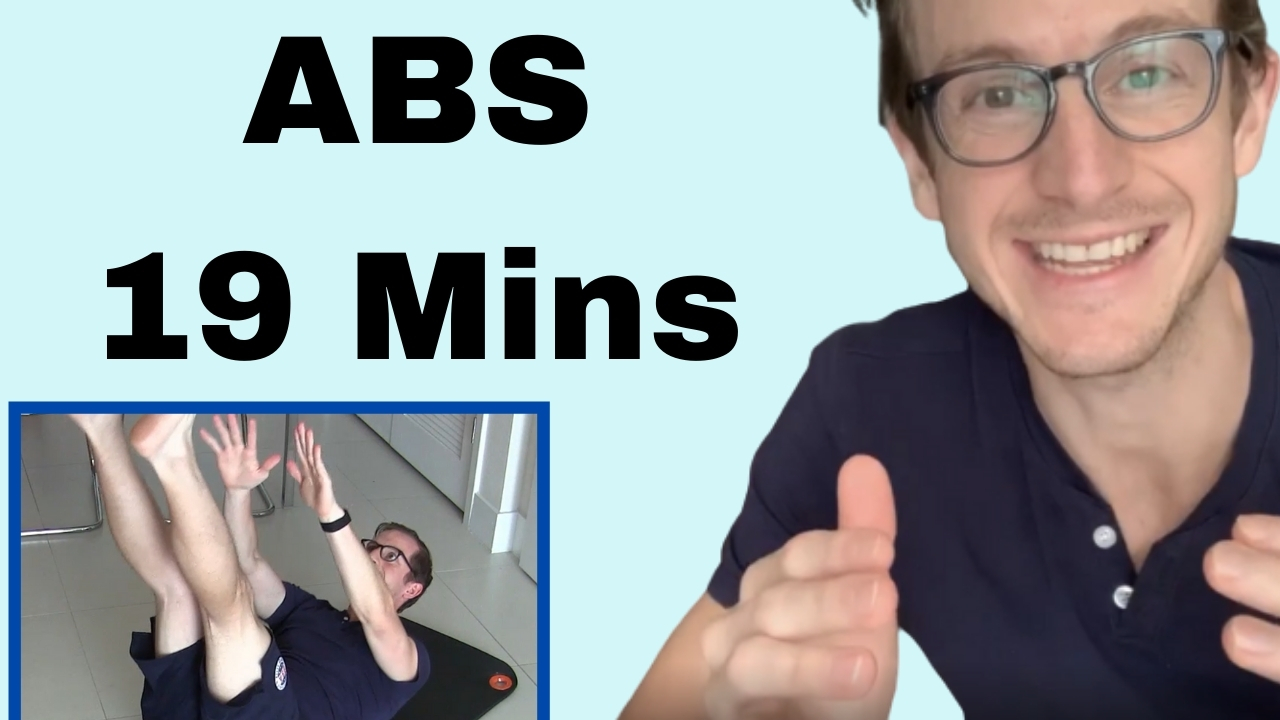
Leave A Comment